This is one of a series of posts on the Sony a7RIII. You should be able to find all the posts about that camera in the Category List on the right sidebar, below the Articles widget. There’s a drop-down menu there that you can use to get to all the posts in this series; just look for “a7RIII”.
Earlier today, I showed graphs relating the Sony a7RIII’s noise to the ISO setting in the camera. Earlier today, I posted visual takes on the noise differences from ISO 100 through 500. In the previous post, I did the same thing for ISO’s 640 through 5000. Now I’m going to add one more stop to the ISO range, making it from 640 to 10000.
I made a series of images of my standard subject for this test all with the same shutter speed, using an Otus 55/1.4 set to f/4, at ISOs 640 through 10000 in one stop increments. The exposure I chose was ETTR at ISO 10000, and thus quite a bit underexposed at ISO 640. I processed them all in Lightroom with default settings except for a custom white balance that assured that the WB wouldn’t change from image to image. Here are the full-frame images from the beginning and end of the series.
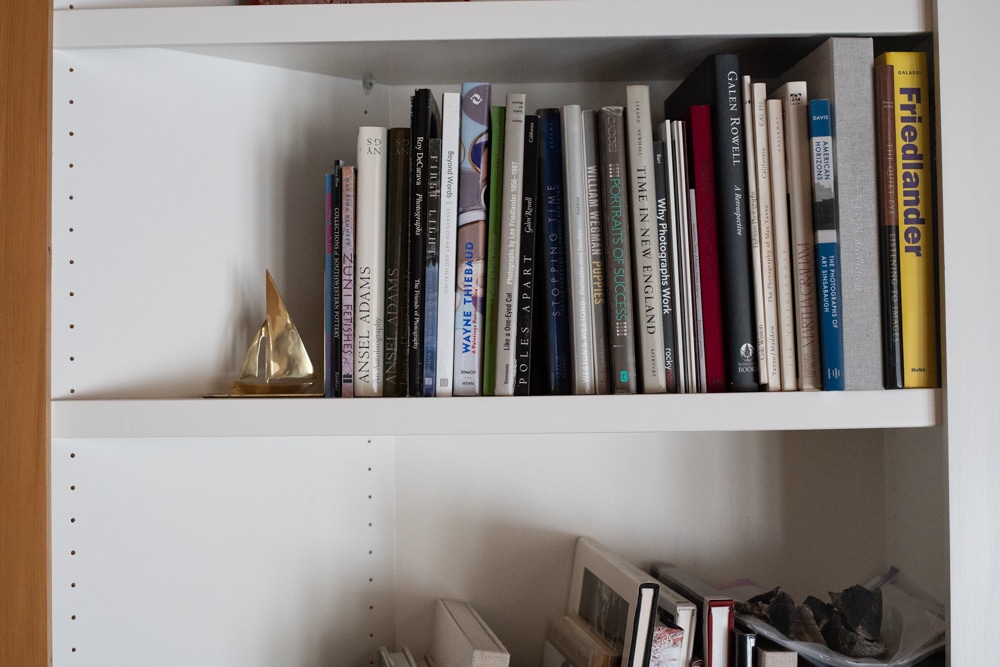
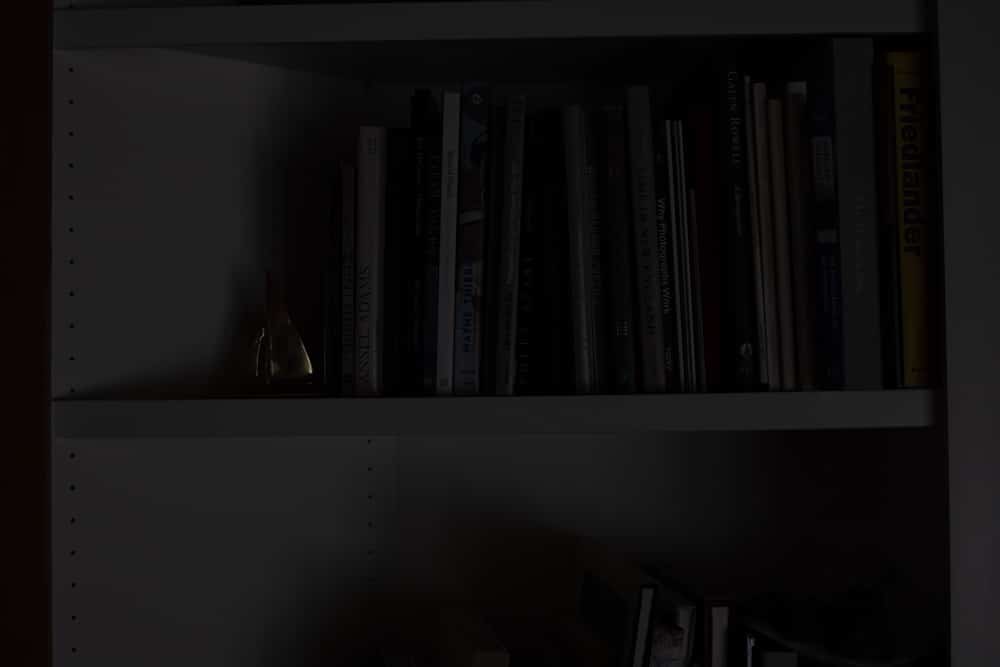
Then I boosted Lightroom’s Exposure control by an amount that compensated for the underexposure. Since each click on the far right of the Exposure widget in the Library window is a whole stop, this was easy to do. I looked at the noise in each image. Here are some crops, magnified to about 200%.
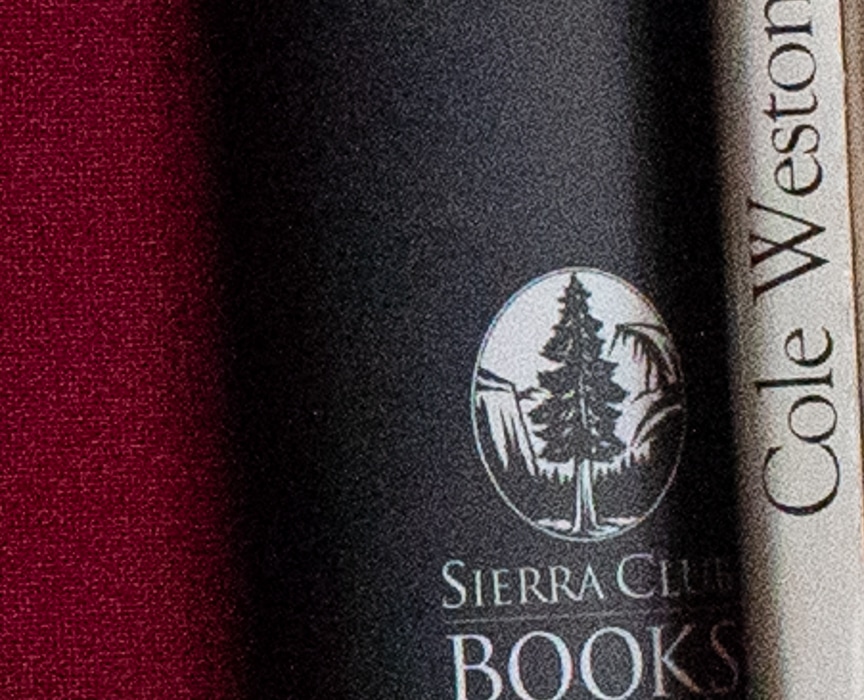
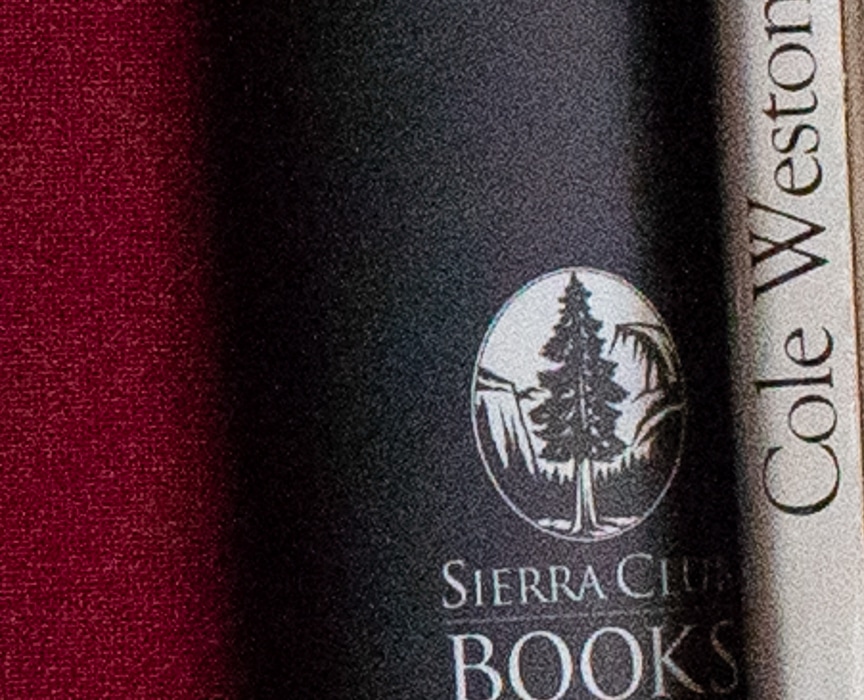
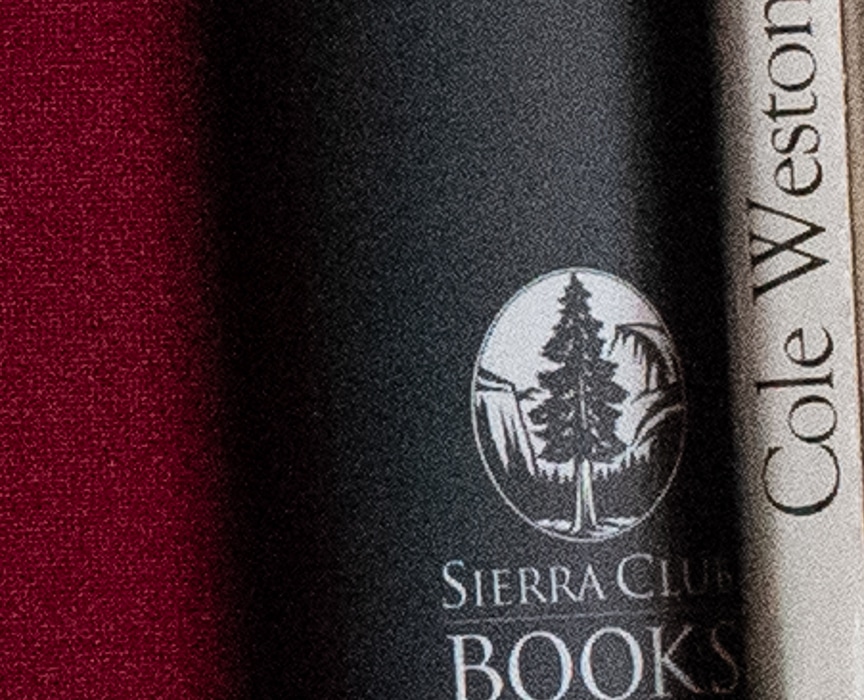
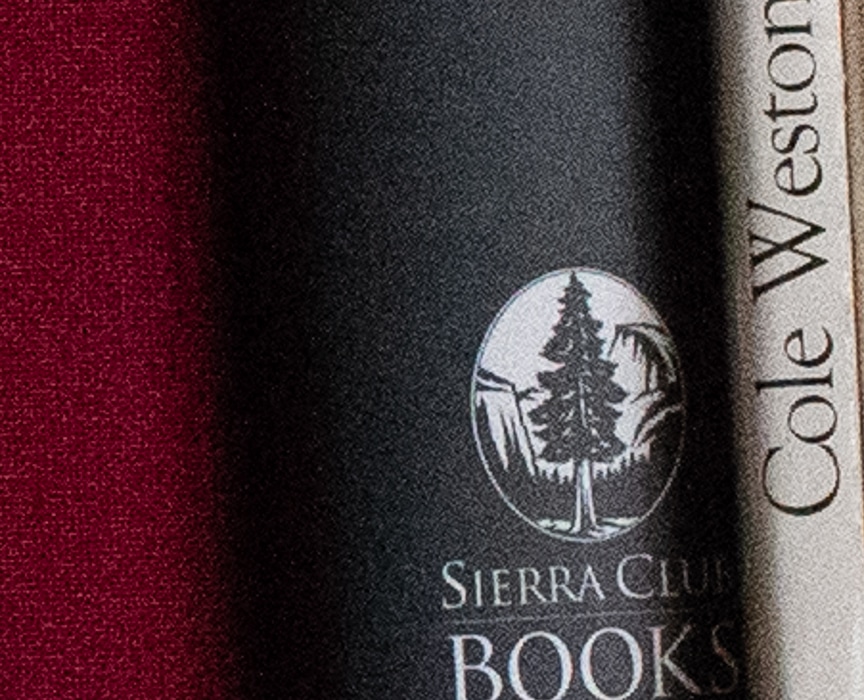
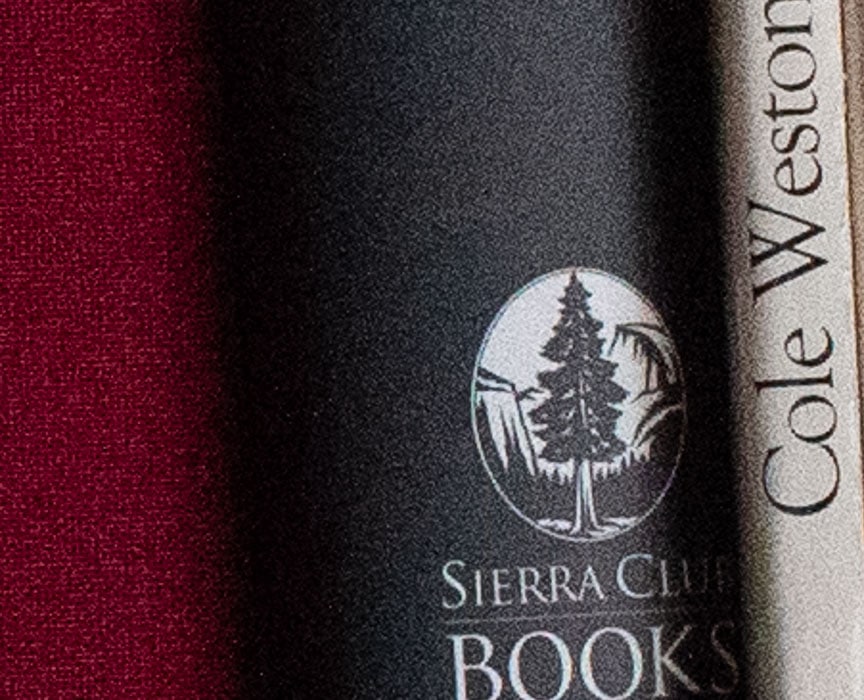


Pretty darned ISOless.
Brian Patterson says
Jim,
Would your ISOless techniques be applicable to the a6000/a6300 cameras? And I assume you just set exposure at the higher ISO’s in each test range and underexposed the lower ISO’s from there?
JimK says
Pretty much, but the ISO where the conversion changes is different. Details here:
https://blog.kasson.com/the-last-word/sony-a6300-read-noise-modeling/
https://blog.kasson.com/the-last-word/sony-a6300-single-shot-low-iso-isolessness/
https://blog.kasson.com/the-last-word/sony-a6300-pushing-in-post-at-low-isos-single-shot-shutter/
https://blog.kasson.com/the-last-word/sony-a6300-pushing-in-post-at-higher-isos-single-shot-shutter/
https://blog.kasson.com/the-last-word/sony-a6300-more-pushing-in-post-at-higher-isos-single-shot-shutter/
https://blog.kasson.com/the-last-word/sony-a6300-pushing-in-post-at-low-isos-continuous-shutter/
https://blog.kasson.com/the-last-word/sony-a6300-pushing-in-post-at-higher-isos-continuous-shutter/